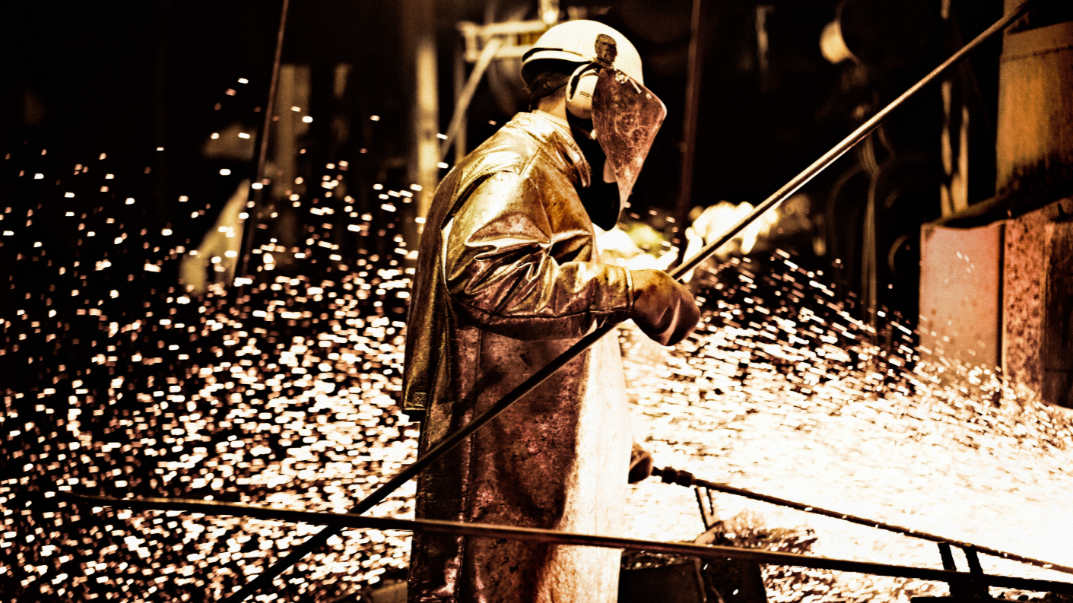ESG strategy makes Norra Kärr REE project attractive – report

Following the release of the PEA for Leading Edge Materials’ Norra Kärr project in southern Sweden, Roskill published an analysis evaluating where the operation sits in the global context of rare earths production.
According to the market analyst, by revising the flowsheet to reduce the project’s footprint and looking to secure an off-site brownfield location for a refining facility, LEM has lowered the environmental risk at Norra Kärr, increasing its ESG appeal.
In detail, the Vancouver-based miner is targeting the production of 5,341tpy REO, containing approximately 721t Nd-Pr oxides, 248t Dy and 36t Tb oxide contained within a mixed rare earth concentrate. The PEA also evaluates a revised flowsheet, aimed at minimizing the environmental footprint by shipping physically separated material as a concentrate to an off-site facility for subsequent separation, removing the need for chemical processing and wet tailings storage facilities.
According to Roskill, LEM has lowered the environmental risk at Norra Kärr, increasing its ESG appeal
In Roskill’s view, this strategy aims to take advantage of the close proximity to Europe’s established automotive sector.
Under the PEA, the company also plans to sell more than 50% of total mined material, accounting for the previously unmodelled recovery of nepheline syenite, zirconium oxide and niobium oxide. This results in a post-tax NPV (10% discount) of $762 million, with an initial capital expenditure of $487 million and a life-of-mine of 26 years.
Roskill points out that the reason why Norra Karr is likely to become attractive ESG-wise is that similar operations that employ in-situ leaching of ion adsorption clays – which are mostly located in China – have historically seen high levels of unofficial/illegal mining operations, resulting in significant environmental and social impacts.
Such damages have led to a crackdown on illegal and environmentally damaging production in China, causing a number of mines to suspend operations. This, in turn, pushed China to source the majority of its HREE feedstocks from deposits in Myanmar.
However, “Myanmarese production is outside of Chinese controls on environmental and social impact, and the increase in HREE feedstock production flowing into the Chinese market is seen by many as China migrating environmental damaging practices to neighbouring territories,” the report states.
For Roskill, however, such a strategy may not pay off for Chinese firms but it may benefit LEM and other companies operating in a similar fashion.
“The global transition to a lower-carbon future has increased public awareness of supply chain ESG factors, resulting in major OEMs targeting the establishment of ethically sourced, secure supply chains for critical raw materials.”
More News
{{ commodity.name }}
{{ post.title }}
{{ post.date }}



Comments